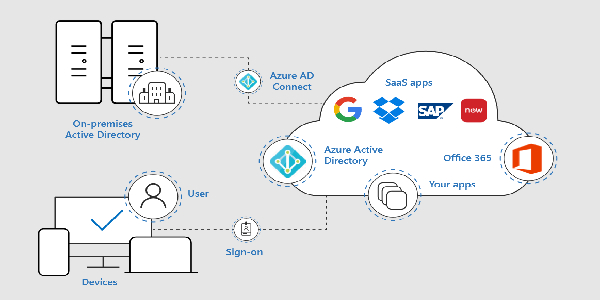What critical infrastructure does the Framework address?
Critical infrastructure (for the purposes of this NIST Framework) is defined in Presidential Policy Directive (PPD) 21 as: “Systems and assets, whether physical or virtual, so vital to the United States that the incapacity or destruction of such systems and assets would have a debilitating impact on security, national economic security, national public health or safety, or any combination of those matters.” Applicable infrastructure includes utilities providing energy and water as well as sectors covering transportation, financial services, communications, healthcare and public health, food and agriculture, chemical and other facilities, dams, key manufacturers, emergency services and several others.
Does the Framework apply only to critical infrastructure companies?
No. Although it was designed specifically for companies that are part of the U.S. critical infrastructure, many other organizations in the private and public sectors (including federal agencies) are using the Framework. NIST encourages any organization or sector to review and consider the Framework as a helpful tool in managing cybersecurity risks.
Does the Framework benefit organizations that view their cybersecurity programs as already mature?
The Framework can be used by organizations that already have extensive cybersecurity programs, as well as by those just beginning to think about putting cybersecurity management programs in place. The same general approach works for any organization, although the way in which they make use of the Framework will differ depending on their current state and priorities.
How is the Framework being used today?
Organizations are using the Framework in a variety of ways. Many have found it helpful in raising awareness and communicating with stakeholders within their organization, including executive leadership. The Framework is also improving communications across organizations, allowing cybersecurity expectations to be shared with business partners, suppliers, and among sectors. By mapping the Framework to current cybersecurity management approaches, organizations are learning and showing how they match up with the Framework’s standards, guidelines, and best practices. Some parties are using the Framework to reconcile and de-conflict internal policy with legislation, regulation, and industry best practice. The Framework also is being used as a strategic planning tool to assess risks and current practices. The Resources and Success Stories sections provides examples of how various organizations have used the Framework.

